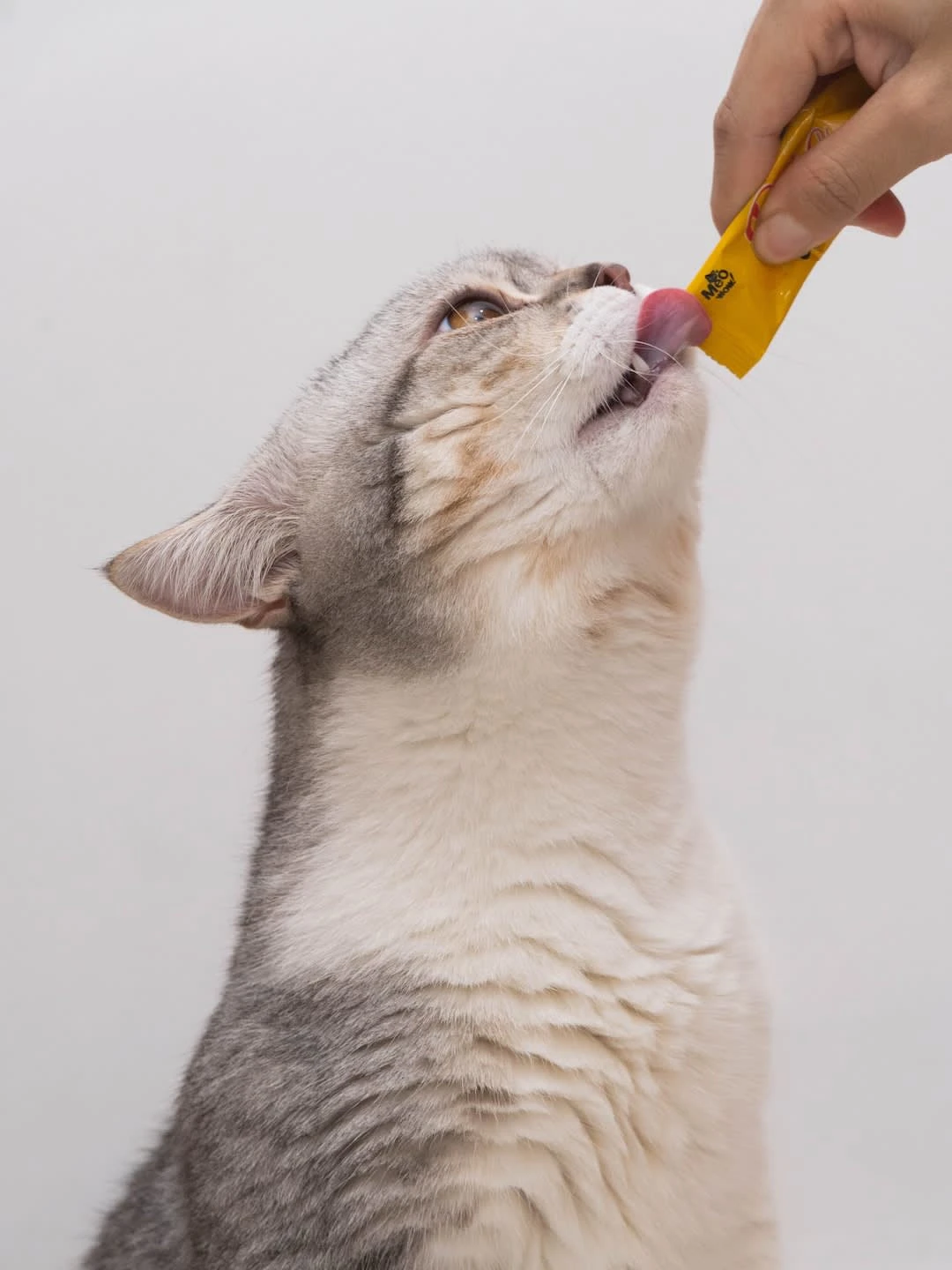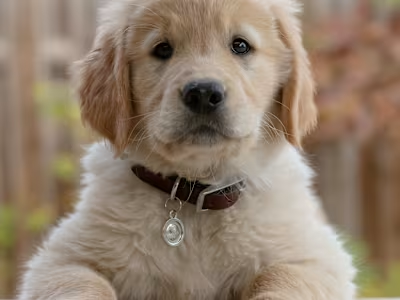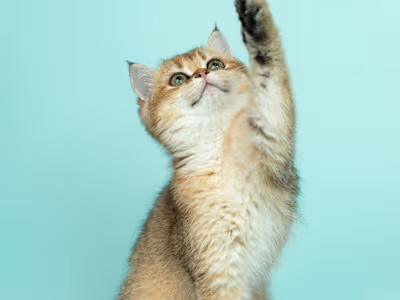Dry or Wet Cat Food: What should I pick?
When you go to the cat food aisles at the pet store, there are so many different bags, brands, colors, and texture options for your cat. It can be hard to settle on a specific brand of food for your cat. And even when you pick a brand, you have to choose between flavors and textures. How do you pick?
This article will explain some key details you need to acknowledge when you are deciding what type of food to buy for your cat.
What is Dry Food?
Dry cat food is commonly known as kibble. This food is created by combining different meats, vegetables, and a type of flour. Then it is processed by being heated under pressure and cut into tiny pieces. Dry food is sold in bags and is generally cheaper than their wet food counterparts.
What is Wet Food?
Wet foods come in a variety of can sizes and textures. According to the Global Alliance of Pet Food Association, wet food is created by mixing the ingredients in a can or pouch and sealing it.
It is more expensive than dry food because of how it is processed.
For more information on how pet food is made, check out this PDF:
What are a Cat’s Nutritional Needs?
A cat’s nutritional needs are very different from a dogs. A cat’s body is made to adapt to a desert climate.
Here are two examples of what your cat needs from their food:
High Protein Content
Hydration
There are other factors you need to consider when it comes to choosing which food is best for your cat. Is your cat overweight? Do they have a specific medical condition? Skin problem? Are they a senior cat or a growing kitten? These all require different needs that you need to take into account, whether you choose wet or dry food.
Pros and Cons of Wet Food
Pros
Wet food has a key advantage over their dry food counterparts: Wet food is primarily moisture. This means that that wet food has less carbohydrates compared to dry food. Wet food has a lot of variety in textures and flavors. Here are some examples:
Pate- Smooth, spreadable and uniform consistency.
Minced-Chopped pieces of meat served with gravy
Chunks-Large pieces of meat with gravy.
Cons
Wet food is more expensive and after opening, is perishable faster. It could be difficult if you forget about the can of open food in the fridge for a few days or if your cat does not immediately eat their food. Wet food shouldn’t be left our at room temperature for long because it can go bad and make your cat sick.

Pros and Cons of Dry Food
Pros
Dry food is a much longer shelf life, even when it’s opened. Dry food usually comes in a rezippable bag. It is generally cheaper than wet food. Even if you get high-quality kibble, it will be cheaper than the wet food of the same brand. It is convenient to simply scoop out of the bag and feed your cat. You don’t need to worry if your cat leaves some food during the day.
Cons
Dry food does not contain enough moisture for your cat on a day-to-day basis. An option to combat this is feeding a mixture of dry kibble and wet food. Dry food naturally contains more carbohydrates and less protein. Some brands have more carbohydrates than others,so it’s important to read the nutrition label to see which is the best cat food for your cat and for your budget.
Conclusion
You should feel comfortable with your budget and adapt your cat to what you think is best and can afford. Don’t feel like a bad cat parent if you can’t afford the “ideal” food for them. Wet food is a better option than dry food, but your cat can still have a healthy life if you can only feed them wet food or a combination of the two. Make sure your cat is eating lots of protein and is staying hydrated through their water bowl or wet treats.
Like this project
Posted Aug 10, 2023
Article about cat nutrition!
Likes
0
Views
2
Tags



